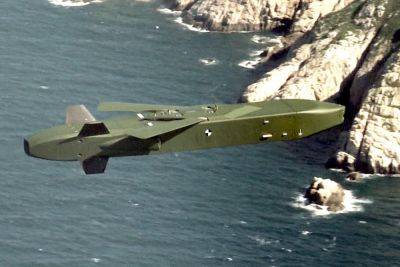Bird’s eye view of Ukraine’s utter destruction
As soldiers and citizens provide information from the front lines and affected areas of the war in Ukraine – two years old as of February 24, 2024 – in quasi-real time, an active open-source intelligence community has formed to keep track of troop activity, destruction and other aspects of the war.
Remote sensing complements this approach, offering a safe means to study inaccessible or dangerous areas. For example, seismologists have documented the high pace of bombardments and firing of artillery around Kiev during the first few months of the war.
Previously, Teng Wang, a professor at the Peking University in China, and I – both Earth scientists – studied illegal nuclear tests in North Korea with satellite data.
Putting our skills to good use once again, we, with graduate student Hang Xu, have analyzed the development of the war from space. We exclusively used open-source, freely accessible data to ensure that all our findings could be reproduced, guaranteeing transparency and neutrality.
View from above
Sensors on satellites record electromagnetic waves radiated or reflected from Earth’s surface with wavelengths ranging from hundreds of nanometers to tens of centimeters, enabling semi-continuous monitoring on a global scale, unimpeded by political boundaries and natural obstacles.
Optical images, the equivalent of photographs taken from space, help governments, researchers and journalists monitor troop movements on the front and the destruction of equipment and facilities. Although optical images are easily interpreted, they suffer from cloud cover and operate only during daylight.
To counter these issues, we used radars onboard satellites. Space-borne radar systems beam long-wavelength electromagnetic waves toward the







